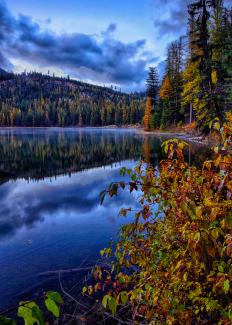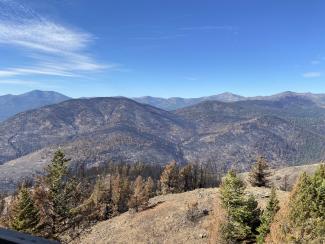Wilderness
Wilderness

The Wilderness Act of 1964 defines Wilderness as “an area where the earth and its community of life are untrammeled by man, where man himself is a visitor who does not remain.” The Act’s purpose is to preserve and protect the natural ecosystems and wild areas and also provide opportunities for solitude and retrospective or primitive recreation.
In the Pacific Northwest, the Forest Service manages 66 Wilderness areas that encompass 4.6 million acres. These regional Wilderness areas provide:
- Opportunities for solitude, personal challenge, and self-discovery
- Protection for volcanic peaks and unique geology of the Cascade Range
- Safeguarding of important water sources, such as glaciers, lakes and streams, at higher elevations
- Conservation of unique biological ecosystems and old growth forests
Visiting Wilderness

Spending time in Wilderness comes with the responsibility for developing outdoor skills required in a remote, rugged, and primitive setting. In return, spending time in Wilderness reminds us of our deep connection with nature and helps keep our lives and perspectives in balance.
Wilderness requires sustained commitment and careful stewardship by the Forest Service, visitors, and the public to ensure its remarkable resources and values remain for future generations.
To ensure that the remarkable resources and values of Wilderness endure, special regulations apply. Always practice Leave No Trace techniques to help keep these areas wild, clean, and safe. Please do your part and take a personal role in preserving these special places.
Explore a National Interactive Wilderness Map
View an interactive map of Wilderness areas of the United States and look for unique destinations near you.


